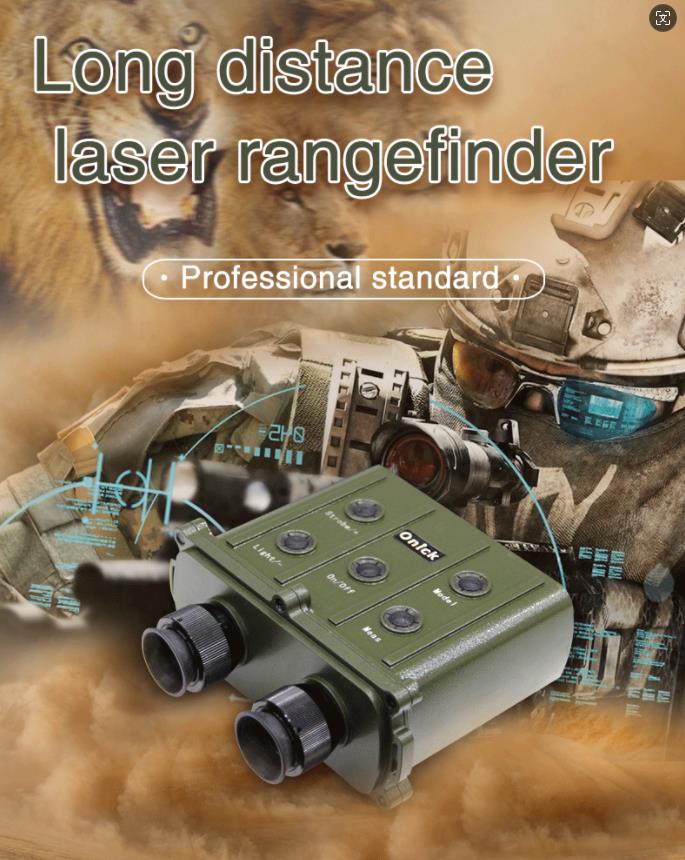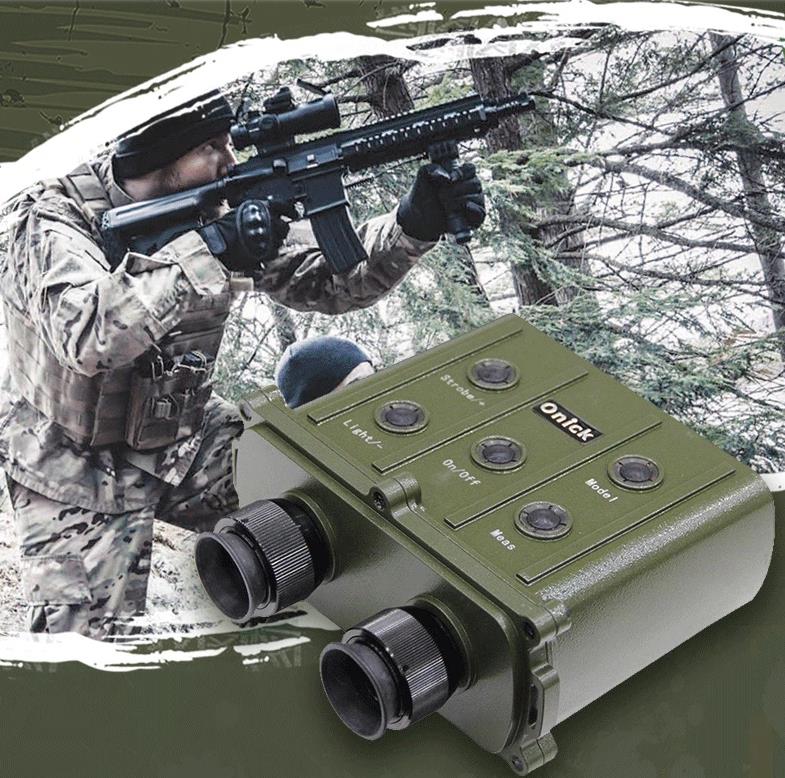With the continuous development of society, large-scale events such as sports events, music festivals, and international conferences are increasing. These activities not only enrich people's cultural life, but also pose higher challenges to security work. As an advanced monitoring device, thermal imaging telescopes play an indispensable role in the security of large-scale events. This article will explore the main applications of thermal imaging telescopes in the security of large-scale events for your reference.

1. Crowd monitoring and anomaly detection
In large-scale events, the flow of people is huge and the mobility is strong. Traditional monitoring methods are often difficult to fully cover and detect abnormal situations in a timely manner. By receiving infrared radiation emitted by the human body, thermal imaging telescopes can clearly display the distribution of the crowd at night or in low light environments, helping security personnel to quickly identify and locate abnormal behaviors in the crowd, such as gathering, pushing and other potential dangerous situations, so as to take timely measures to prevent the situation from escalating.
2. Body temperature monitoring and epidemic prevention and control
Especially during the epidemic, thermal imaging telescopes have become an important tool for epidemic prevention and control. It can measure the body temperature of the crowd in a non-contact manner, quickly screen out those with abnormal body temperature, effectively reduce contact between people, and reduce the risk of cross infection. Setting up thermal imaging telescopes at the entrance of large-scale events can monitor the body temperature of entrants in real time and ensure the safety of the event.
3. Drone monitoring and prevention
With the popularization of drone technology, its illegal use during large-scale events has become a new safety hazard. Thermal imaging telescopes can detect the heat generated by drone engines, so as to promptly detect and track the flight trajectory of drones, provide early warning information to security personnel, and prevent drones from carrying dangerous items into the event area or maliciously destroying them.
4. Nighttime and harsh environment monitoring
Thermal imaging telescopes are not limited by light and can work normally at night or in harsh environments such as smoke, rain and snow. This feature makes it particularly important in the nighttime security of large-scale events. Through thermal imaging telescopes, security personnel can clearly observe various situations in the event area, including suspicious people or objects hidden in the dark, to ensure the safety of the event.
5. Special areas and commanding heights observation
In large-scale events, it is often necessary to set up observation posts at commanding heights or special areas to effectively grasp the situation at the event site. Thermal imaging telescopes, with their long-range and high-resolution characteristics, are an ideal choice for these observation posts. Security personnel can use thermal imaging telescopes to continuously observe key areas in the distance, and promptly detect and deal with potential safety hazards.

6. Heat source tracking and emergency response
In large-scale events, if a fire or other heat source accident occurs, thermal imaging telescopes can quickly locate and track the heat source, providing accurate location information to the emergency response team. This is essential for quickly extinguishing fires, evacuating crowds, and rescuing trapped people. The real-time imaging capability of thermal imaging telescopes makes emergency response faster and more effective.
7. Threat assessment and prevention
Thermal imaging telescopes can not only monitor crowds and drones, but also be used to assess potential threats at the event site. By observing the distribution of heat sources and abnormal behavior patterns, security personnel can determine whether there are hidden threat sources, such as hidden explosives, hidden suspicious persons, etc. This advance assessment and prevention capability helps to take action before the threat occurs and protect personnel safety.
8. Surrounding environment monitoring
Large-scale events often have an impact on the surrounding environment, such as noise, traffic, etc. Thermal imaging telescopes can assist in monitoring changes in the surrounding environment, especially those factors that may affect the safety of the event. For example, by monitoring the temperature changes in the surrounding area, possible fire hazards can be discovered in time; by observing traffic flow and congestion, security strategies and traffic control measures can be adjusted in time.
9. Long-term continuous monitoring
For large-scale events that require long-term continuous monitoring, thermal imaging telescopes can provide stable observation capabilities. Because they are not affected by light, they can work continuously at night or in low-light environments, reducing the fatigue and attention burden of security personnel. In addition, some advanced thermal imaging telescopes also have automatic tracking and alarm functions, which can further improve monitoring efficiency and accuracy.
10. Assisted investigation and evidence collection
For security incidents or criminal acts that occur in large-scale events, thermal imaging telescopes can also be used as tools for auxiliary investigation and evidence collection. By recording infrared images and temperature change information at the time of the incident, important clues and evidence can be provided for subsequent investigations. These image information can be combined with data from other monitoring equipment to form a complete chain of events, which helps to reveal the truth and hold accountable.
Therefore, thermal imaging telescopes have a wide range of application scenarios in large-scale event security. It can not only improve the efficiency and accuracy of security work, but also play a key role at critical moments to protect personnel safety and maintain event order. With the continuous advancement of technology and the continuous expansion of applications, thermal imaging telescopes will play a more important role in this field.

